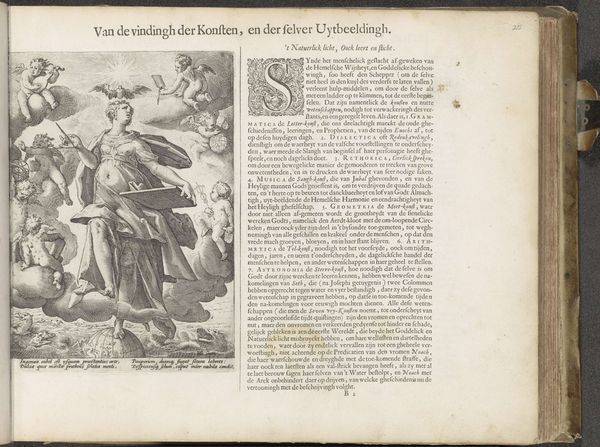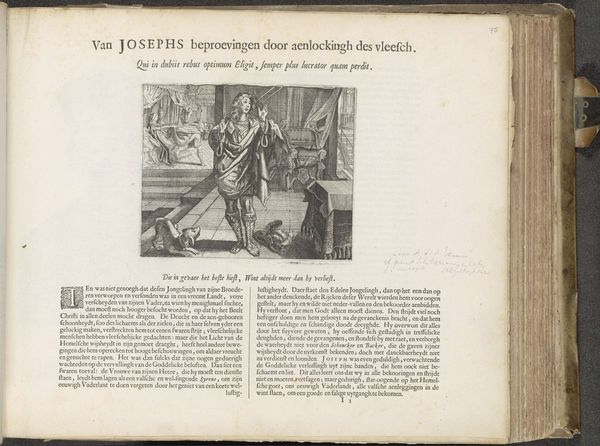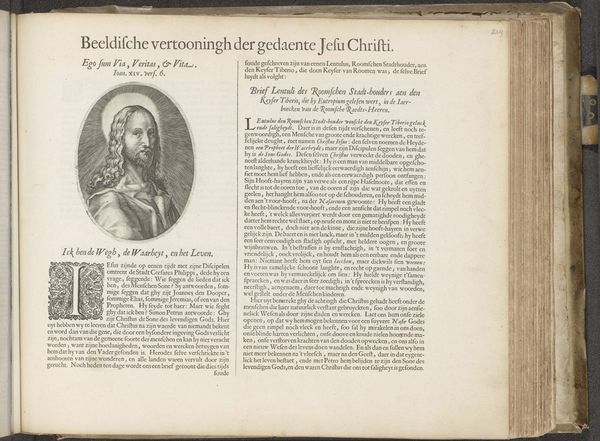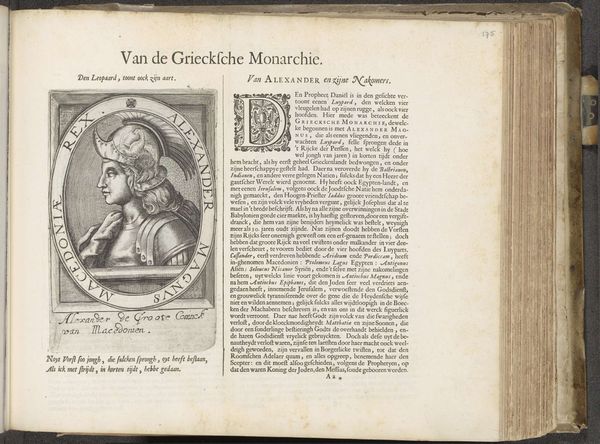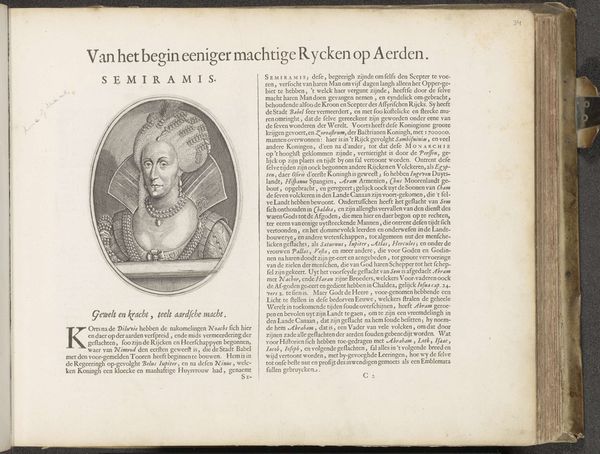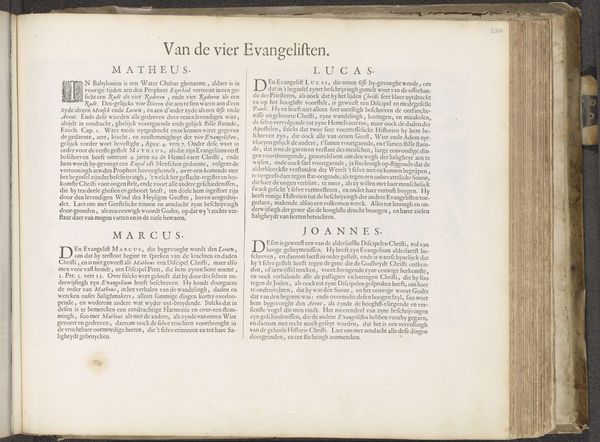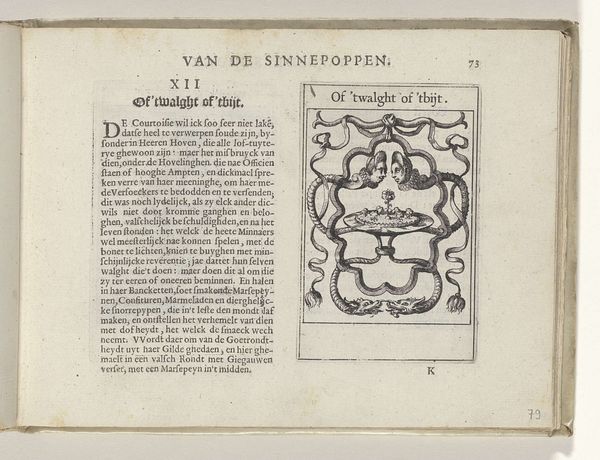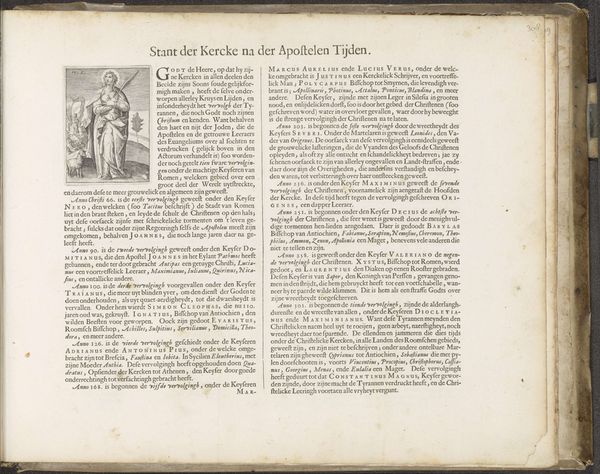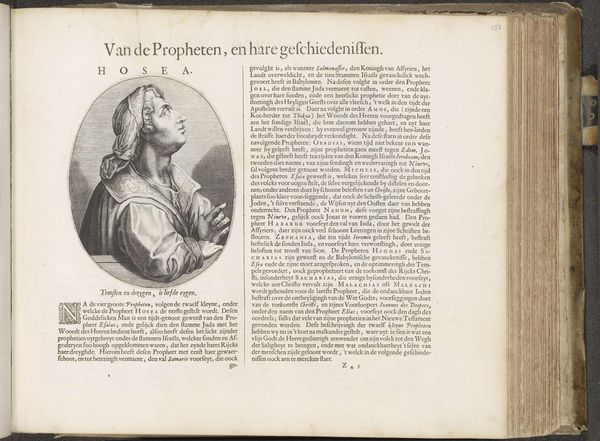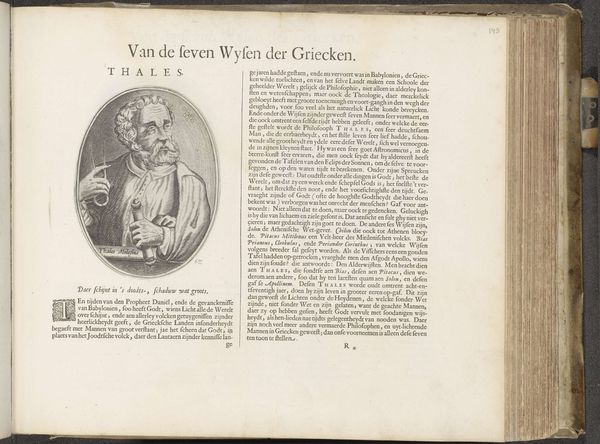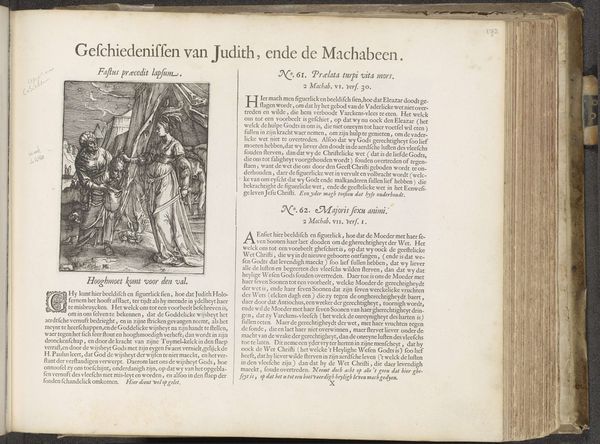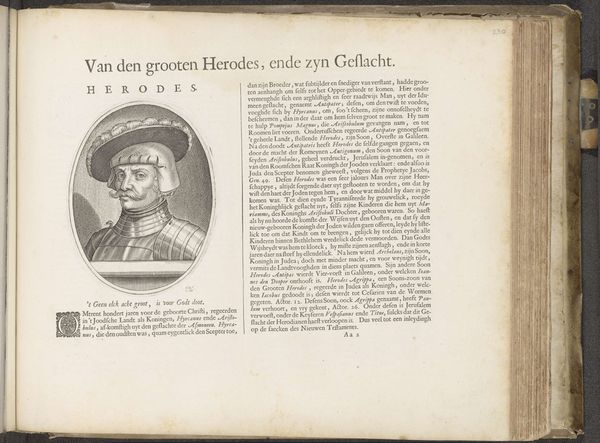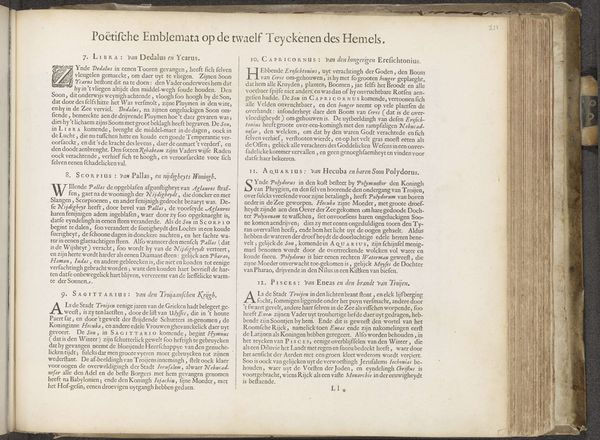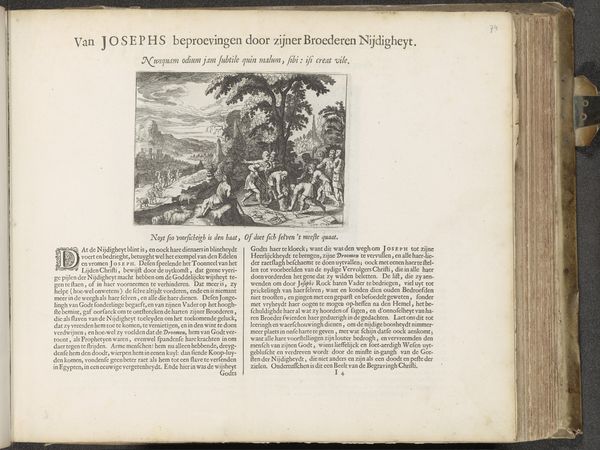
drawing, print, paper, ink, engraving
#
portrait
#
drawing
#
baroque
# print
#
paper
#
ink
#
coloured pencil
#
engraving
Dimensions: height 189 mm, width 141 mm, height 294 mm, width 370 mm
Copyright: Rijks Museum: Open Domain
Curator: Here we have "Portret van aartsvader Jakob," or "Portrait of Patriarch Jacob," an engraving in ink on paper, created sometime between 1617 and 1665 by Salomon Savery. It's currently held in the Rijksmuseum collection. Editor: Immediately, I’m struck by the sheer weight of sorrow etched onto Jacob’s face. The deep lines and heavy brows convey a life laden with hardship and, perhaps, a quiet defiance. Curator: Savery captures this mood effectively. Notice the intricate linework used to render Jacob's beard, creating a sense of depth and texture. The contrast between light and shadow adds a dramatic, baroque quality to the piece. Editor: Yes, that dramatic chiaroscuro speaks to the theatricality often associated with baroque art. But it also feels intimately connected to the narrative. Jacob’s story, after all, is one of exile, deception, and profound loss—narratives deeply entwined with themes of identity and displacement still relevant today. His eyes tell a story of generations of trauma. Curator: Indeed. Structurally, the composition emphasizes Jacob’s introspection. His gaze is directed downward, almost avoiding contact with the viewer. This enhances the feeling of isolation. Note the artist has combined the portrait with text on the opposite page. How do you interpret the fusion? Editor: Combining image and text allows for multilayered interpretation. Placed alongside Savery’s engraving, the facing text creates a dialogic space—a conversation between visual representation and written word that invites deeper contemplation of Jacob’s life, legacy, and enduring relevance. How do Jacob’s struggles, particularly those associated with displacement and reconciliation, speak to current global movements concerning diasporic identity? Curator: A fruitful interpretation. In purely formal terms, I find that Jacob's aging visage embodies more than the weight of personal history: his face mirrors broader struggles concerning tradition and legacy within religious doctrine. Note also how Savery utilized printmaking techniques to make such profound images accessible to a broad 17th-century audience. Editor: Yes. By situating this representation of Jacob within his historical, cultural context, we not only learn about the past, but recognize ways historical trauma echoes in our own time. Thank you. Curator: My pleasure. I am left considering Savery's clever deployment of chiaroscuro, effectively communicating an emotional landscape for the biblical figure.
Comments
No comments
Be the first to comment and join the conversation on the ultimate creative platform.
